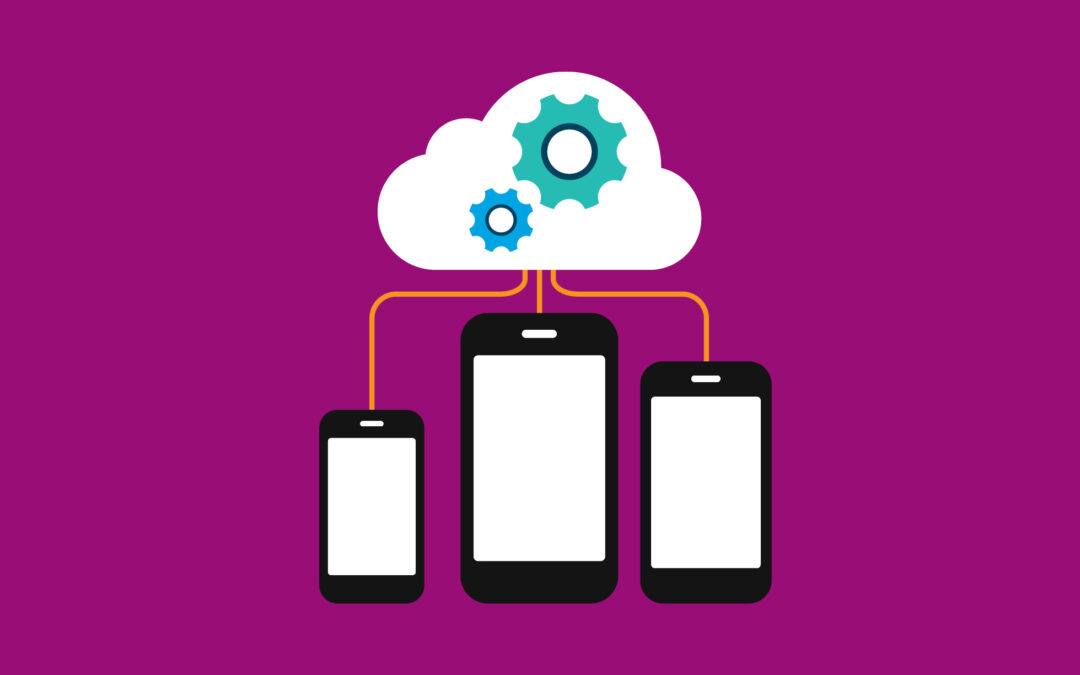Mobile Device Management or MDM is a software tool that helps you wrangle the digital devices in your school or kura. It puts you in control by allowing you to set policies, configure devices and make them more secure.
MDM means, for example, when an app developer or a hardware company rolls out an important security upgrade overnight in response to a new threat, your devices can be made safe almost immediately.
MDM: a step on the path to Secure Access
When you’re moving to N4L’s Secure Access, it’s a good idea to put an MDM in place first.
Secure Access is N4L’s solution that helps make your school less vulnerable to security threats, such as ransomware, by segmenting your network and allowing identification of individual users and devices.
Putting MDM in place before your migration to Secure Access can speed up the migration and it means there will be little disruption for kaiako and ākonga: you won’t need to physically access their devices for the migration.
After you have migrated to Secure Access, your MDM will help you stay on top of vulnerabilities and device security. You’ll be able to better manage new devices as they are added to the network at the start of the school term.
Another advantage of MDM is that you’ll save time and effort because the device certificates won’t need regular manual renewal.
Security for devices is important and school networks can have many different connected devices. MDM can work with laptops, phones, tablets or a number of other smart digital devices.
This doesn’t have to stop at the school’s physical boundary either; you can use MDM for on-site devices connected directly to the school network, or remote devices if staff need to work from home.
A wide range of benefits
MDM can offer many benefits for schools. It can save a lot of time and effort by automating processes such as setting up mobile devices. Without MDM you would need physical access to a device to set it up by updating the operating system, installing apps, connecting to networks, printers and other shared resources.
Without MDM, staff would need to set up mobile devices one by one and they would need to have physical access to each device to do this. Not only is this time consuming, there is a risk of making mistakes. Automating the job reduces errors and saves days or even weeks of repetitive work.
Any software updates can be applied remotely and quickly. This improves your cybersecurity. If there are problems, your IT team or service provider can diagnose and troubleshoot them remotely.
MDM allows you to standardise configurations. This can mean everyone gets the same user experience.
In addition, you have full control over the applications installed on school devices. If a device is stolen or there is a security breach, you can deal with the issue remotely. You’ll be able to keep track of the location of each device, know if the right person is using it and, if necessary, check students are using the device in line with any rules or guidelines you may have set up.
All of this is optional. For example, you might want to exercise full control over school-owned devices while imposing a minimum of control, or even no control, over everything else.
Which system to choose?
There are a number of MDMs available for schools and kura. They vary in their capabilities and each one has its own set of advantages. Depending on your circumstances, you may need to pay for a licence, although there is a free MDM available through the Ministry of Education that may be suitable for you.
Some MDMs focus on specific device operating systems, or specific classes of device, while others are more general.
You should definitely discuss options for MDMs with your IT support or provider, especially prior to Secure Access migration. If you don’t have a provider, contact N4L and we can put you in touch with one of our IT Panel members who can help although you will have to pay them for their services.
Your decision will come down to your mix of devices and ability to work with the software. While there may be a licence to pay and IT support costs, keep in mind there can be considerable labour savings and increased security.
Managing a large number of devices can be a challenge. MDM puts you or your IT administrator in control without imposing a heavy workload, and the automation helps reduce errors. It can make the user experience smoother and keep everyone more secure.
Written by Bill Bennett. Bill Bennett is an experienced editor and journalist specialising in technology and business. He has worked for New Zealand and international newspapers including the NZ Herald and The Australian Financial Review. He is also a regular technology commentator on RNZ Nine-to-Noon.
If you’d like to hear more from N4L, or see more blogs like this, why not subscribe?

